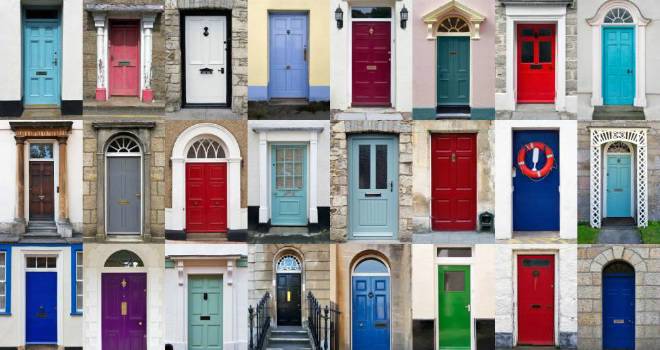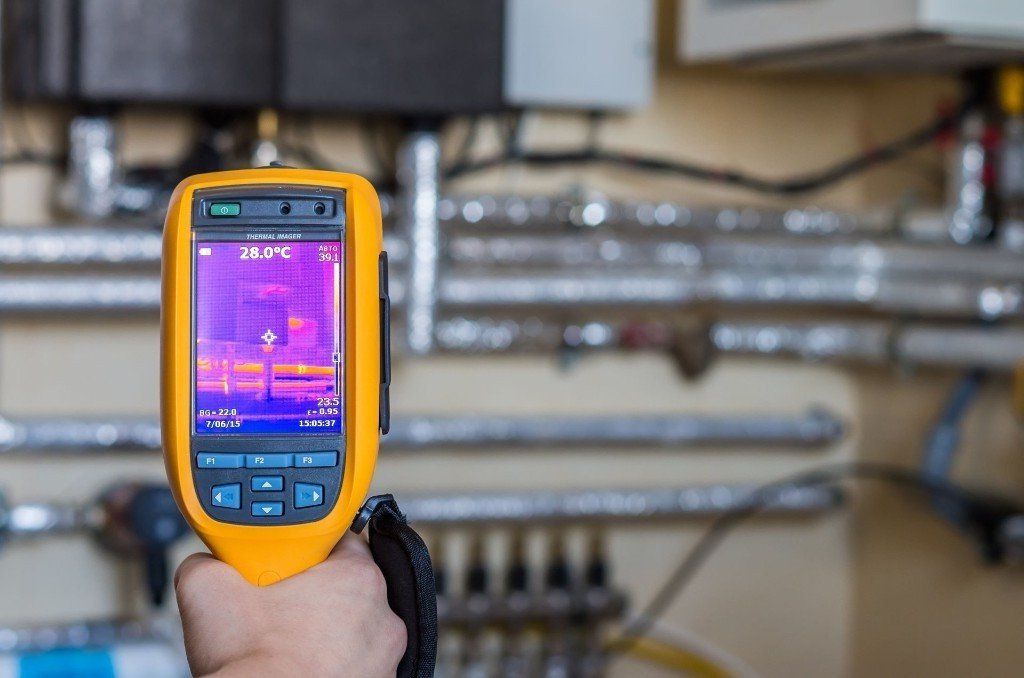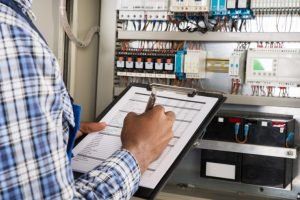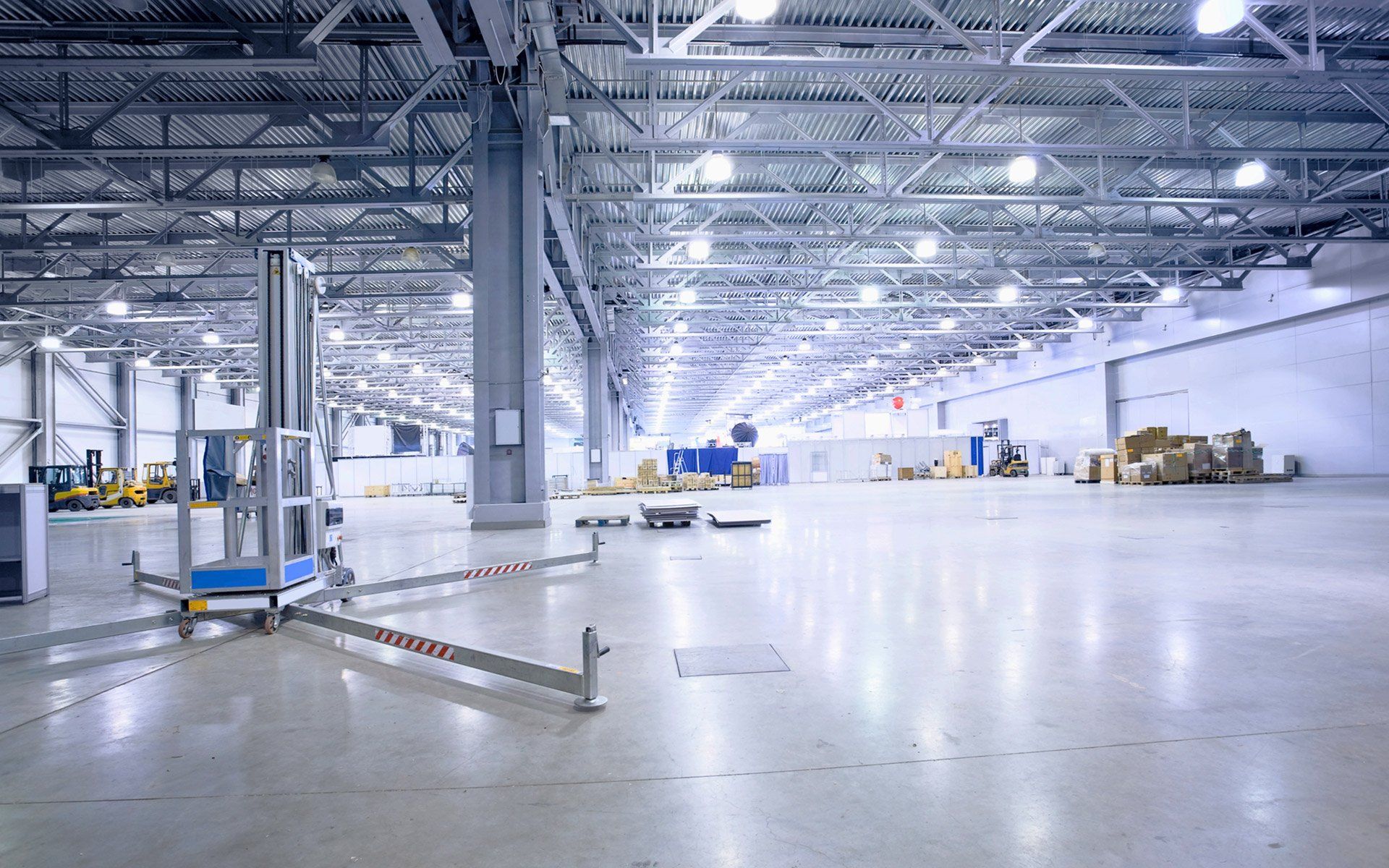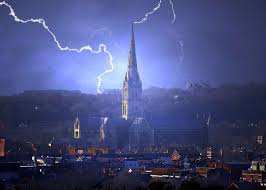Emergency Light Test
Annual and Monthly Tests available for all commercial, industrial and educational establishments
One of the more vital roles of running a commercial building is ensuring that there are reliable escape routes available in case of emergencies.
An important point of this responsibility is the amount of light available during such times. Emergency lighting is basically a set of lights strategically placed within a building to help people find their way out during emergencies.
Darkness can prove to be a formidable obstacle when people are close to panic, so the importance of emergency lighting cannot be downplayed in the least.
The system should be connected to an independent power source, as it’s designed as a backup option when the main lights go out. Once it has been installed, an official inspection by an authorised company is then required before you can get your emergency lighting certificate.
Types of Emergency Lights
You can choose between two primary options when considering the installation of emergency lighting in your premises. These alternatives are categorised according to their source of power and include:
Self-Contained or Single-Point Emergency Lighting
A self-contained emergency lighting system contains all of its vital parts (including the battery, charging system, and ballast) within its body. This makes it self-reliant, meaning it does not depend on an external source of energy. This option is usually presented as a standalone unit and can be combined with luminous directional and exit signs to serve their purpose.
Single-point systems are a preference for small offices that don’t have multiple areas to cover. Choosing this option for a multi-storey building can prove costly, as you would have to purchase a significant number of units to ensure every section has been adequately covered.
Central Battery Emergency Lighting
As the name suggests, a central battery system is connected to a principle independent power source that is located at a different location within the building. In this case, the lighting mechanism (that is, the bulb or lamp) is the only thing that is inside the illuminated boards. The other vital parts of the system are based within the centralised point containing the battery.
These systems are popular with large complexes containing multiple exits on different floor levels. Its centralised system also makes the task of maintenance and inspection easier to handle as there is only one location involved.
Areas that should be covered by Emergency Lighting
The strategic placement of emergency lights is also essential to acquiring your emergency lighting certificate. The lights should be placed at convenient points that can help people locate the exits easily. Some of the areas that should be covered by an emergency lighting system include:
- All exit doors and designated escape routes
- All stairways
- Corridors and their intersections
- Over any emergency equipment such as firefighting tools
- Lifts
- Every emergency call point
- Directly outside every emergency exit, as well as on any exterior escape routes such as Fire Escapes
- In all windowless rooms and toilets larger than 8m2
- Over any equipment that would need to be shut down in an emergency
It is really important that an emergency light test is completed each and every year. That means if the emergency lights back up should provide 3 hours of illumination (which is often the case), they need to be tested for the full 3 hours to ensure they're still working at the end of the test.
Emergency lighting are used when the main power supply is cut and normal electrical illumination fails. The loss of mains electricity could be the result of a fire or a power cut. This type of lighting is normally required to operate fully automatically and give illumination of a sufficiently high level to enable all occupants to evacuate the premises safely.
The British Standard provides clear guidelines to work to. BS 5266-1 this relates not only to hotels, clubs, hospitals, nursing homes, schools and colleges, licensed premises, offices, museums, shops but also multi-storey dwellings.
There are 2 Types of Tests
Monthly Emergency Light Test
All lighting systems must be tested monthly. The test is a short functional test in accordance with BS EN 50172 / BS 5266-8.
The period of simulated failure should be sufficient for the purpose of this test while minimising damage to the system components, e.g. lamps. During this period, all luminaires and exit signs shall be checked to ensure that they are present, clean and functioning correctly and results will be entered within the log book.
Annual Emergency Light Tests
A test for the full rated duration of the lights and exits must be carried out. The lights must still be working at the end of this three hour test.
Once the testing is completed a certificate will be issued digitally and sent to you by email, within 48 hours of Assessor’s visit. Being an online customer, you will also be able to download your certificates from your online account with us.
The result of the monthly and annual tests must be recorded and, if failures are detected, these must be remedied as soon as possible.
Annual Emergency light certificates are a requirement for the majority of business’ to ensure safe evacuation from the building in the event of a power out emergency.
CSE Electrical are specialists in testing and maintaining lighting, we work nationwide for all settings and industries, schools, offices, retail premises.
Testing Offers and Package Deals throughout te NORTH WEST
We will beat any like for like quote.
3 year or 5 year contracts to suit your needs, we can do this for all our services and guarantee the best price.
Why choose us
CSE are approved inspection and testing contractors, we can offer your establishment, a frequent and reliable Electrical Testing Service ensuring you stay up to date with the latest Legal Requirements in accordance with BS 7671:01925320707 regulations.
We understand what form of electrical testing is required and work around your schedule to ensure there is minimum disruption to your business to suit your individual needs and requirements, at no extra cost.
Save Time
We are able to save you time, ultimately saving money by using the very latest compliance technology to ensure accurate and efficient testing.
Safe Guarding
Our engineers are DBS enhanced checked, extremely experienced and hold the relevant qualifications to carry out all types of electrical testing.
Efficient, Reliable Service
Following a successful test, CSE Electrical will issue you with a certificate and a detailed report which will break down any required rectification works.
Low Rates
Our prices are some of the lowest in the industry starting from £200.00
Request a Quote
Contact Us
We will get back to you as soon as possible.
Please try again later.
Is your Property due an Electrical Check
Requirements For Home Owners
BS7671 (Current Edition Wiring Regulations) recommends having an EICR carried out not more than 10 years apart.
It is also important to have this carried out if you are moving out or into a new home. It is common practice to be required to produce these documents during the sale of a property especially if any electrical works has been carried out in previous years. It is advisable to have an EICR carried out if it has never been carried out or you suspect poor quality additions.
If you purchase a new home just because the fuse-board looks new it does not mean it has been inspected and is safe. It should have a 5 page report or installation certificate. If it hasn’t it is likely that it is not complaint with current regulations & a potentially dangerous installation.
The usual cause of most faults and fires are sub standard work or even worse DIY installations. The expression a little bit of knowledge is dangerous springs to mind. Just because something works it does not mean it is necessarily safe and will not go up in smoke or disconnect under fault conditions!




